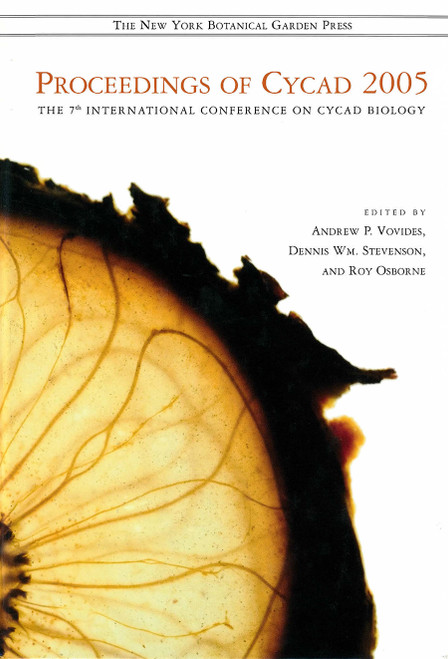This purchase only includes chapter 13 of this.
Abstract
Macrozamia riedlei is found mainly in the jarrah (Eucalyptus marginata) forest of southwestern Western Australia at latitudes ranging from 32° to 35°S. The climate is extreme mediterranean-type with cool, wet winters and hot, dry summers. Annual rainfall is 500 to 1200 mm, with more than 70% falling between April and November. Dawn leaf water potential (DLWP) of M. riedlei, an indicator of the potential of the water source, was measured twice a year over �ve years. Average rainfall for the �eld site was 720 mm. Measurements were made in October, when soil water was fully recharged from winter rains, and in April, when soil water was at its annual minimum. At these times, DLWP was also measured on plants representing other growth forms (herbs, shrubs, grass trees, midstory trees, and canopy trees). In October, DLWP of M. riedlei was similar to, although general higher than, that of other growth forms. However, by April, the herbs were no longer alive, and the DLWP of the shrubs was very low, indicating a shallow root system. The taller grass trees exhibited less water stress than the midstory trees. Of these other growth forms, the deepest-rooting forest trees forming the canopy exhibited the least water stress. Macrozamia riedlei was the exception; it maintained a comparatively high DLWP potential by April. This cycad seems to be managing its water economy by having a large internal subterranean water storage reservoir. This interpretation is discussed in relation to survival and distribution.











